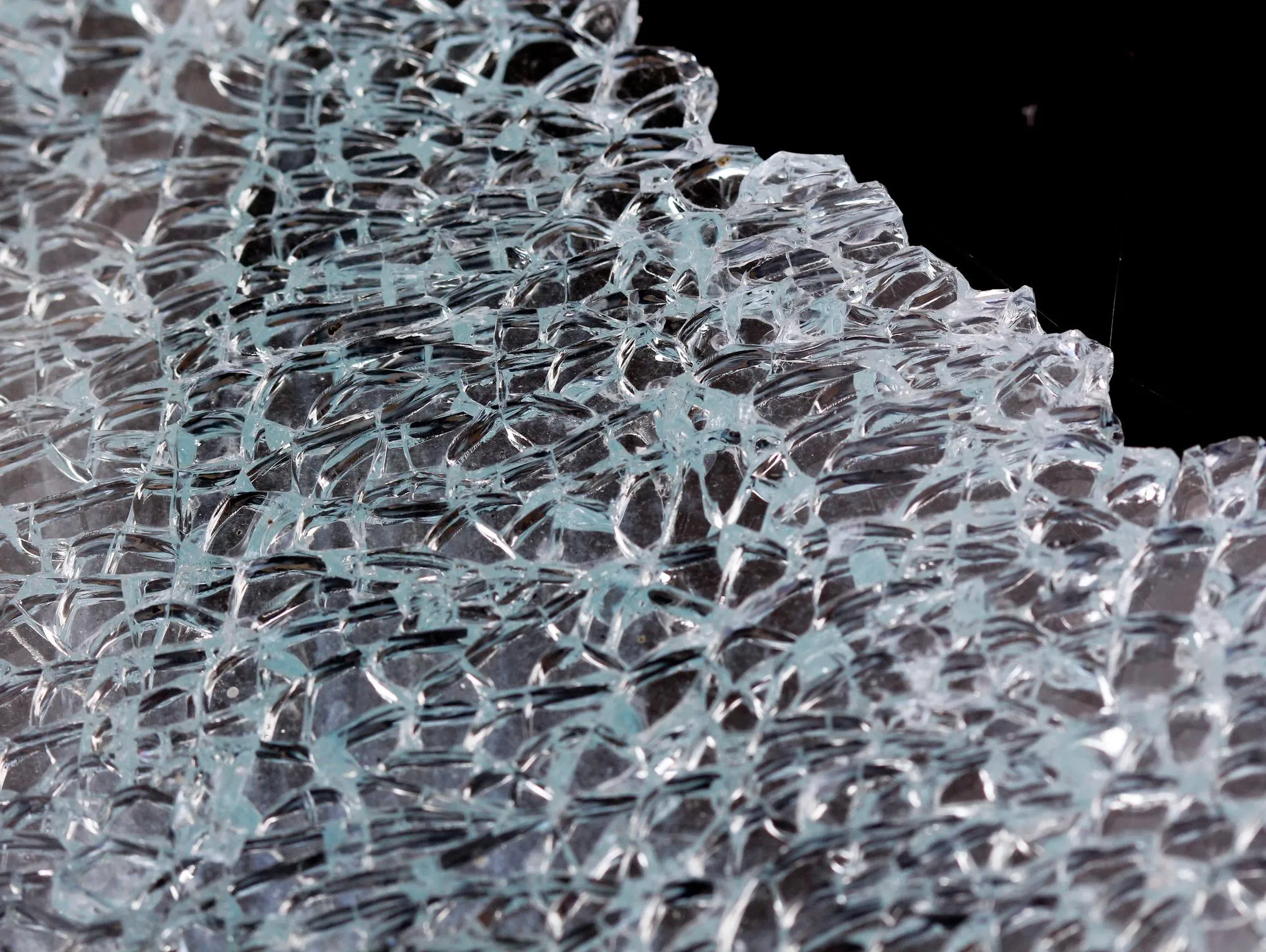Researchers at the Royal Institute of Technology (KTH) in Stockholm, Sweden, have developed a novel procedure to refine the purification of cellulose nanocrystals (CNCs). Their innovative approach, which makes use of centrifuge fractionation during the post-hydrolysis process, has made notable strides in the chiral self-assembly of CNCs. This advancement has the potential to benefit a wide range of applications that rely on the unique optical properties of CNC films. The groundbreaking research was published in the journal Carbohydrate Polymers on March 15, 2024, volume 328.
Article DOI: 10.1016/j.carbpol.2023.121723
Introduction
Cellulose nanocrystals (CNCs) are widely recognized for their remarkable properties, including high strength, bio-based origin, and fascinating ability to form helicoidal structures that reflect light, resulting in structural colors. These features have made CNCs a focus of research in fields such as sustainable materials, photonics, and biomedicine. Despite their potential, the traditional sulfuric acid hydrolysis method for CNC production has its limitations, especially in the colloidal stability of the resulting nanoparticles. This stability is critical for the self-assembly process that endows CNC films with their distinctive optical characteristics.
A team of researchers led by Dr. Anna J. Svagan at KTH has addressed this challenge by tweaking the CNC purification protocol, enhancing the control over the properties of the resulting CNC films. The team’s research paper titled “Centrifuge fractionation during purification of cellulose nanocrystals after acid hydrolysis and consequences on their chiral self-assembly” delves into their pursuit of this modified procedure.
The Innovative Approach
The method developed by the KTH team integrates a fractionation and harvesting step during centrifugation after the hydrolysis of cellulose. By refining this step, they can separate CNCs with distinct average surface charges, rod lengths, and aspect ratios. This fractionation is executed in an aqueous medium with high ionic strength, which significantly expedites the process of CNC purification.
The researchers compared the dry films crafted from three different CNC fractions. Differences in the self-assembly process and, consequently, the structural colors of the films, were noted. The capability to harvest distinct populations of CNCs is paramount as it allows for the controlling and tailoring of structural colors in CNC films, a feature critical for many potential applications.
Implications of the Study
The improved purification protocol makes it possible to better predict and harness the unique optical properties of CNC films. This enhanced control could lead to breakthroughs in areas such as security printing, where precise and reproducible color patterns are essential. Furthermore, the development of responsive or adaptive CNC-based materials could revolutionize the design of sensors and displays.
Moreover, as the production of CNCs aligns with the ideals of green chemistry and sustainability, the KTH team’s research supports the continuing shift towards environmentally friendly material production. By demonstrating a more efficient and controlled procedure, the work of Dr. Svagan and her colleagues helps to overcome one of the significant barriers to the broad adoption of CNCs in commercial applications.
Keywords
1. Cellulose Nanocrystals Purification
2. CNC Chiral Self-Assembly
3. Structural Colors CNC Films
4. CNC Fractionation Process
5. Tailored Optical Properties CNC
Closing Remarks
The paper by Dr. Svagan et al. marks a step forward in the understanding and utilization of CNCs. Thanks to their ground-breaking work, the potential to create CNC films with precisely tailored optical properties has become more accessible. This research not only sheds light on the self-assembly dynamics of these fascinating particles but also paves the way for innovative industrial applications. It stands as a testament to the ongoing evolution of material science and technology towards more sustainable and finely tuned outputs.
References
1. Svagan, A. J., et al. (2024). Centrifuge fractionation during purification of cellulose nanocrystals after acid hydrolysis and consequences on their chiral self-assembly. Carbohydrate Polymers, 328, 121723. doi:10.1016/j.carbpol.2023.121723
2. Habibi, Y., Lucia, L. A., & Rojas, O. J. (2010). Cellulose Nanocrystals: Chemistry, Self-Assembly, and Applications. Chemical Reviews, 110(6), 3479–3500. doi:10.1021/cr900339w
3. Moon, R. J., Martini, A., Nairn, J., Simonsen, J., & Youngblood, J. (2011). Cellulose nanomaterials review: structure, properties and nanocomposites. Chemical Society Reviews, 40(7), 3941-3994. doi:10.1039/c0cs00108b
4. Klemm, D., Kramer, F., Moritz, S., Lindström, T., Ankerfors, M., Gray, D., & Dorris, A. (2011). Nanocelluloses: A New Family of Nature-Based Materials. Angewandte Chemie International Edition, 50(24), 5438-5466. doi:10.1002/anie.201001273
5. Dufresne, A. (2013). Nanocellulose: A New Ageless Bionanomaterial. Materials Today, 16(6), 220-227. doi:10.1016/j.mattod.2013.06.004
Declaration of competing interest: The authors declare no competing interests.
